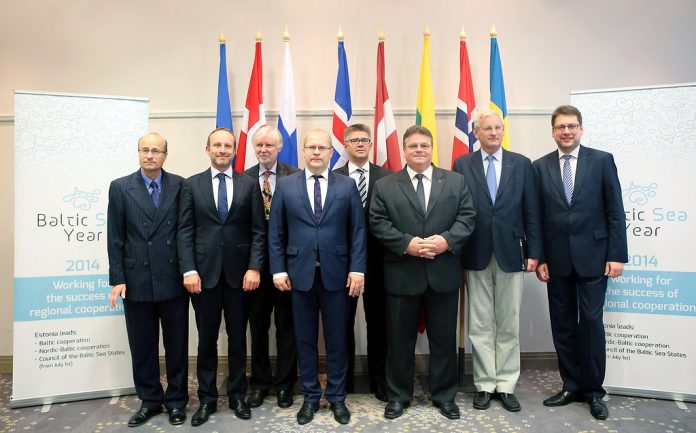
In the last couple of weeks, NATO’s Prioritised Ukraine Requirements List catapulted back into the spotlight with the striking announcement that eight Nordic and Baltic nations were pooling $500 million to buy U.S. weapons for Ukraine. This is at a time when Russia is stepping up strikes on Ukraine’s energy grid ahead of winter, and European capitals are under growing pressure to sustain military aid as overall contributions decline in mid-2025.
The joint package announced in Helsinki is more than a financial commitment; it’s a strategic signal that coordinates the region’s resolution to confront what the leaders have described as the long-term threat to European and transatlantic security. The countries also seek to avoid the delays associated with traditional procurement by pooling their money through PURL in an attempt to fast-track those high-priority systems. Here are eight critical insights into this initiative, its context, and its implications for Ukraine’s war effort.
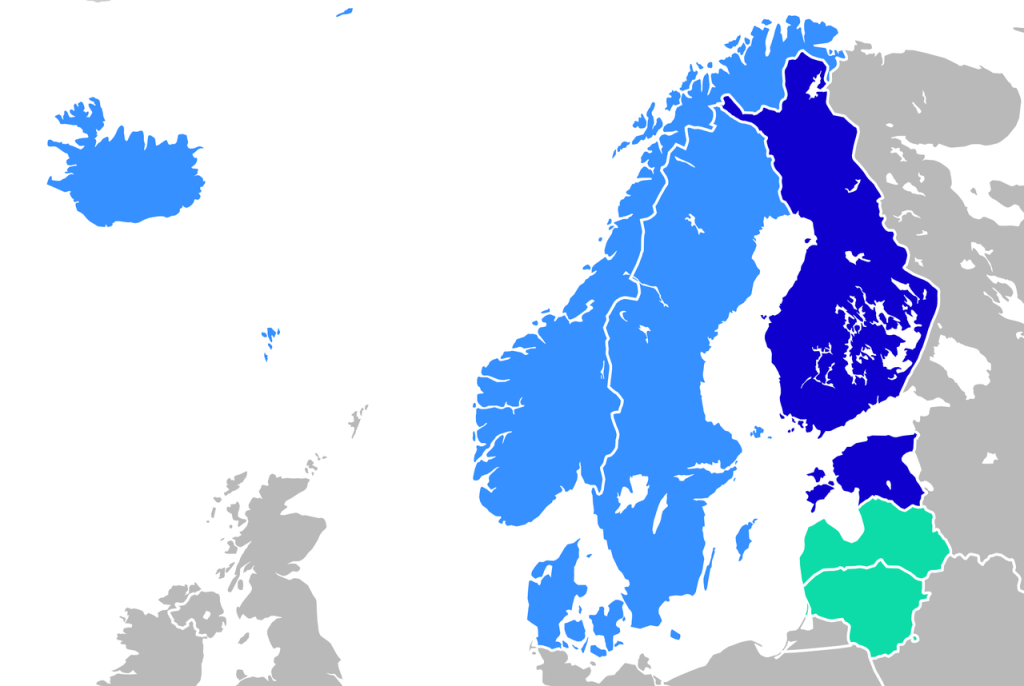
1. Nordic-Baltic Eight’s United $500M Pledge
The joint pledge of $500 million to NATO’s PURL mechanism from Denmark, Estonia, Finland, Iceland, Latvia, Lithuania, Norway, and Sweden is one of the largest coordinated regional contributions since the launch of the program in July of 2025. Ministers declared in their joint statement that Ukraine’s security was “fundamental to European security” and vowed to maintain “long-term, predictable military support”.
Norway, with an estimated contribution of around $200 million, was the largest donor, followed by Sweden at $60 million and Denmark at $53 million. Lithuania pledged $30 million, which will, importantly, include earmarked funding for 2026, thus ensuring continuity beyond the immediate package. The officials said that the package is just one element within a wider strategy to deter future Russian aggression.

2. How the PURL Mechanism Accelerates Delivery
The PURL was envisioned as a means for the NATO allies to fund off-the-shelf U.S. weapons for Ukraine, selected from a priority list agreed to with NATO and U.S. officials. Because the program draws from American stockpiles, it bypasses the lengthy production timelines in the delivery of systems such as Patriot interceptors and HIMARS rockets.
Speaking in Brussels, NATO’s secretary-general hailed the latest package as “extremely important, as Ukraine enters the winter months.” He underlined that deliveries are already flowing. Norwegian Minister of Defence Tore O. Sandvik said Ukrainian feedback on PURL was positive, with the aid arriving on time and responding to pressing battlefield needs.
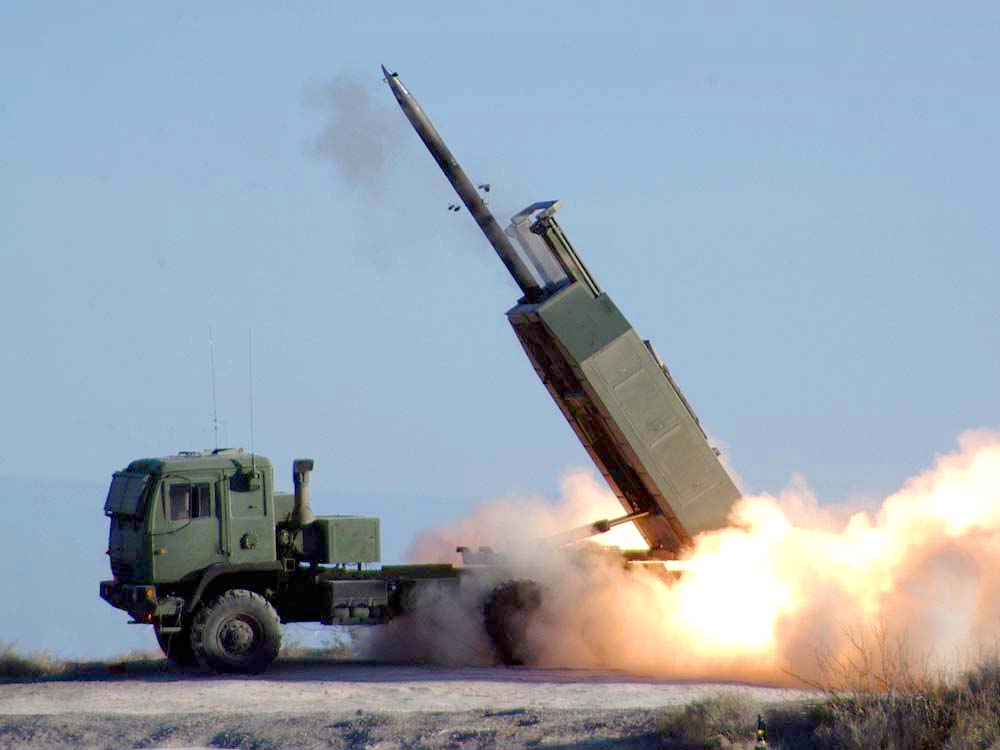
3. Weapons and Systems Included
Although the complete details are classified for obvious security reasons, officials said the package would include missiles for Patriot air-defense systems, long-range 155mm artillery shells, HIMARS rockets, and guided aerial bombs. Sweden stressed that the aid was aimed at bolstering Ukraine’s air-defense capabilities-one of the highest priorities as Russia has escalated its missile and drone attacks on civilian infrastructure.
According to Ukraine’s Defence Minister Denys Shmyhal, since August, PURL has supplied roughly 75% of missiles for Patriot systems and 90% for other partner-supplied air defenses. This tranche is likely to further strengthen Ukraine’s layered defense network.

4. Context: Decline in Overall Military Aid
But despite PURL’s efficiency, Western military aid fell 43% in July and August from the first half of 2025, according to Germany’s Kiel Institute. The drop followed the U.S. decision to halt direct funding, placing greater responsibility on European allies.
This decline raised concerns among analysts that Ukraine’s ability to sustain its defense was compromised. The Nordic-Baltic package is therefore seen as a corrective measure, signaling renewed commitment amid fluctuating aid levels.

5. Strategic Timing Before Winter
The announcement comes as Russia targets Ukraine’s energy infrastructure in an effort to sap morale during the cold months. German Defence Minister Boris Pistorius warned that repeated strikes aim to make winter “as uncomfortable as possible” for Ukrainians. Securing air-defense interceptors and precision weapons now, the Nordic-Baltic Eight hope to blunt such attacks. NATO officials underline that winter campaigns often turn on questions of logistics and resilience, and that rapid delivery via PURL might help Ukraine to continue its operational tempo unhindered.

6. Integration with Brigade Training Initiatives
Next to weapons, the Helsinki meeting discussed increased training of Ukrainian brigades in Poland. Lithuania’s €12 million worth of equipment, ammunition, grenades, and a mobile training team will all go to the OP-LEGIO Training Centre alongside the hardware provided via PURL, ensuring Ukrainian forces can use advanced systems. Such training initiatives reflect a holistic approach: combining material aid with capacity building to enhance Ukraine’s long-term deterrence posture.
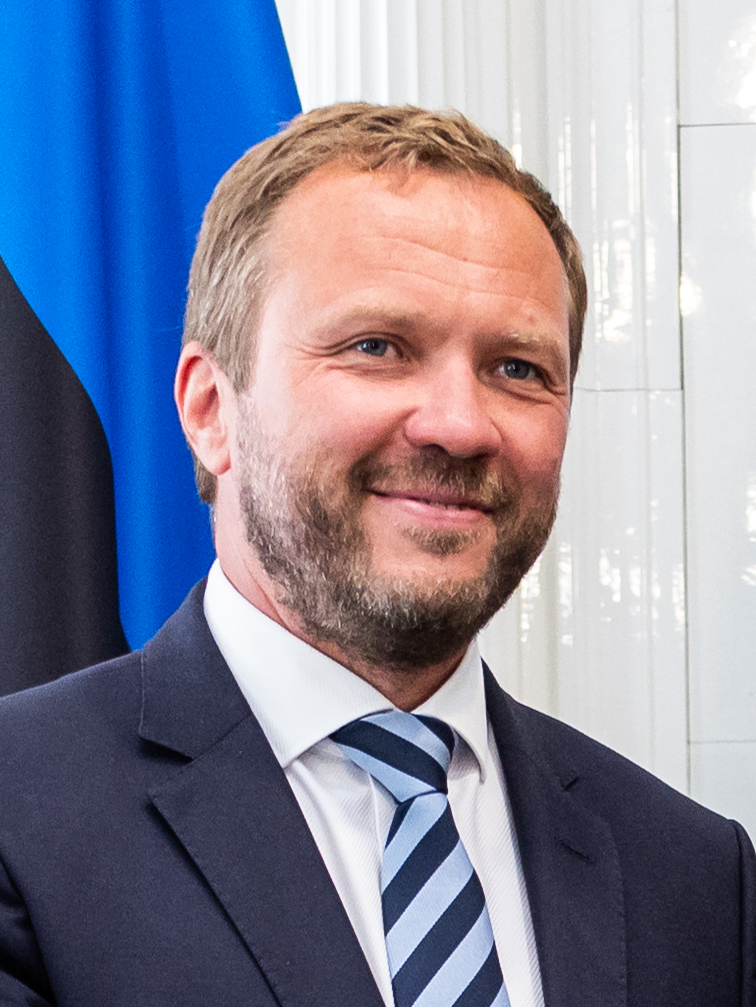
7. Linking Ukraine’s Security to Regional Stability
As noted in the joint statement, “Ukraine’s security is directly connected to ours.” For Nordic and Baltic leaders, Russia’s war presents itself as a systemic threat to both the rules-based international order and the transatlantic community. Acting together, they seek to reinforce NATO’s eastern flank in order to deter potential spillover effects. Estonia’s Foreign Minister Margus Tsahkna confirmed that sustaining support for Ukraine will be at the heart of the NB8 agenda under Estonia’s 2026 presidency, signaling continued political priority.
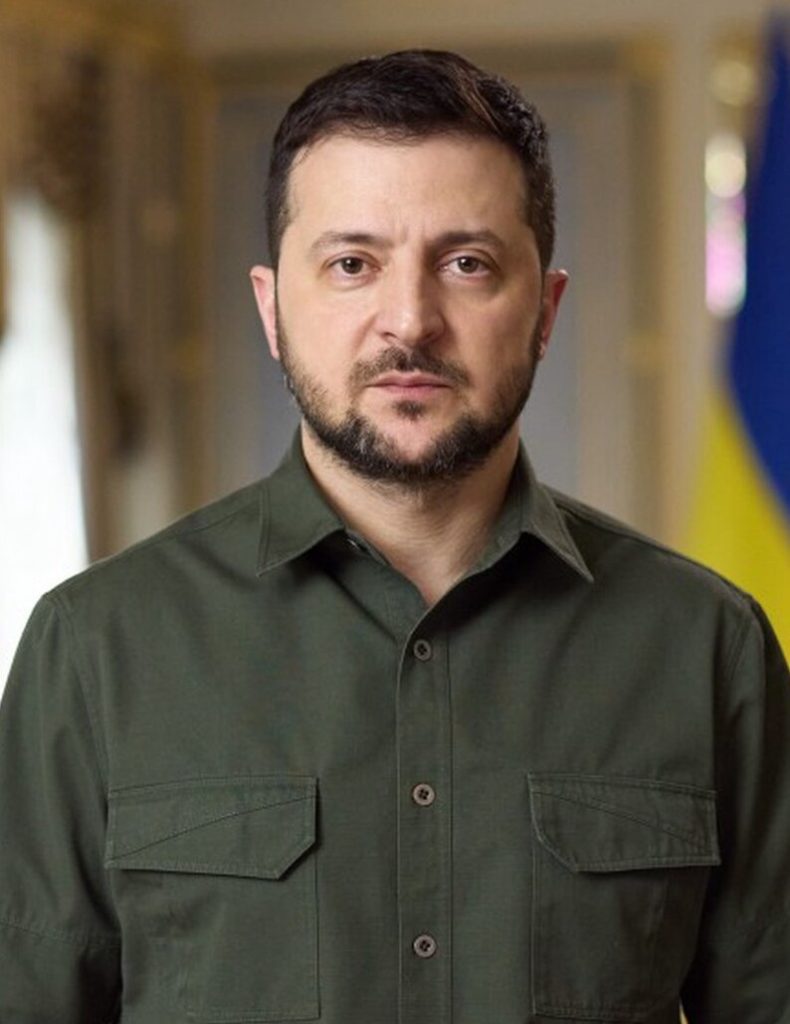
8. Potential Use of Frozen Russian Assets
Ukrainian President Volodymyr Zelensky has signaled his intention to use the frozen Russian assets to finance the local production of weapons and acquire air defense systems through PURL. The European Union is weighing a scheme that would underpin reparation loans with 140 billion euros of the assets – enough, some say, to cover Ukraine’s military requirements for two to three years. This approach has been strongly advocated by Lithuania, both as a matter of finance and of morality. If implemented, it has the potential to greatly enhance the procurement capacity of Ukraine without depending directly on donor budgets.
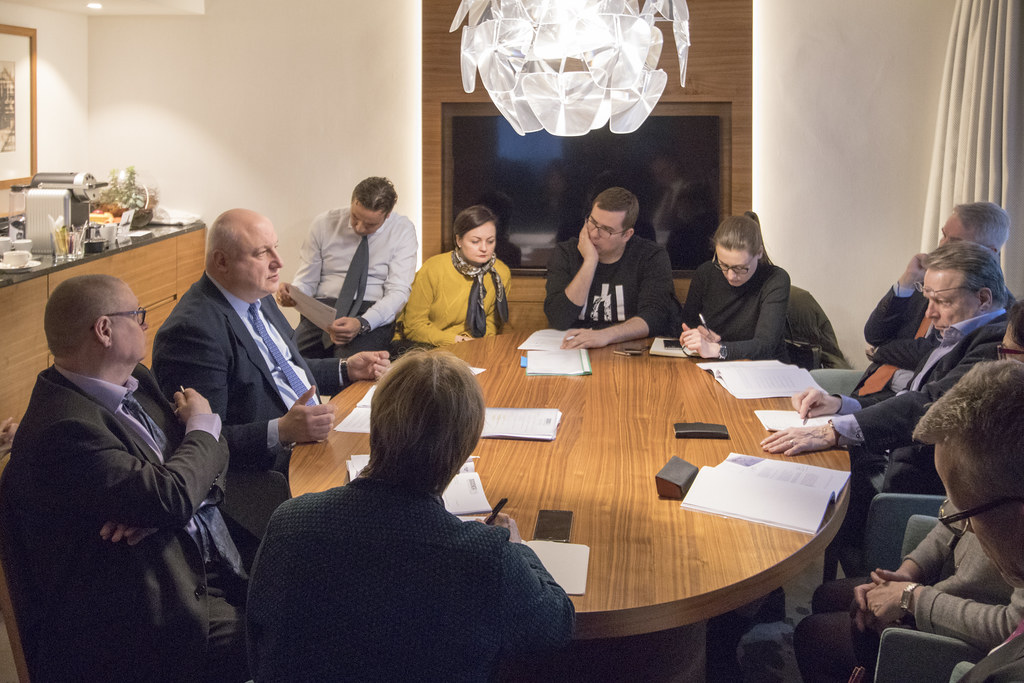
The Nordic-Baltic PURL package of $500 million is more than a symbolic gesture; it’s real capability at a very pivotal moment in the war. Through rapid procurement, prioritized training, and displays of political unity, these countries are strengthening Ukraine’s posture against winter offensives and long-term strategic threats. Whether such momentum is maintained will be a function of sustained coordination, innovative financing, and unambiguous political will across the alliance.
